How To Create An Expert-Approved Nighttime Skin Care Routine, Start To Finish
Because creating a skin care routine isn't self-explanatory.
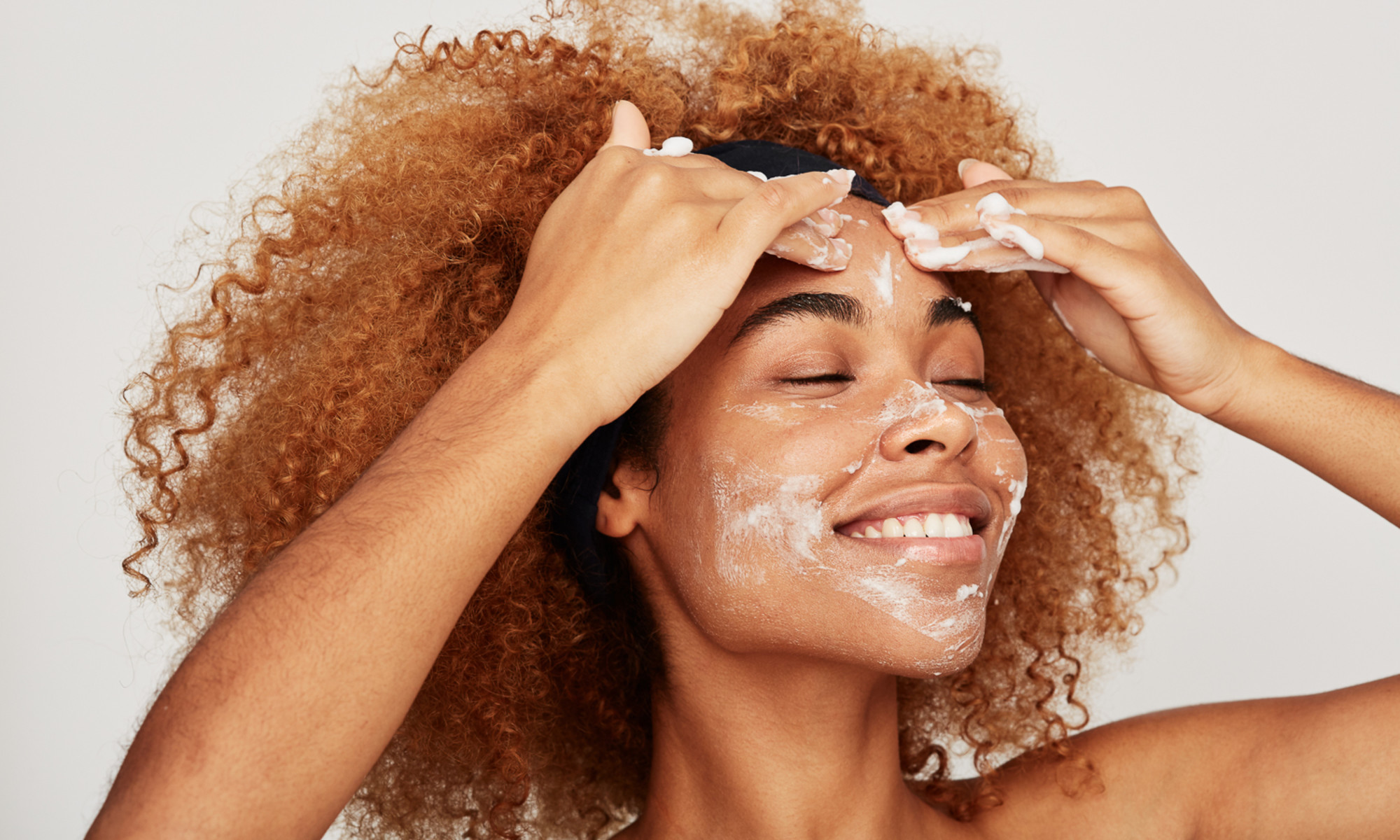

Our editors have independently chosen the products listed on this page. If you purchase something mentioned in this article, we may earn a small commission.
September 28, 2022 — 11:29 AM
Let’s be honest—skin care can be intimidating. Everyone’s skin is different, so you can’t just copy-paste someone else’s routine and hope for the same results. The fact that some products should be used in the morning while others work best in the evening adds a whole other level of complexity.
However, there is a common (and expert-approved) step-by-step method that you can follow—think of it like an outline to an essay. Here, we’ll walk through the 101 of creating a nighttime skin care routine from start to finish, explain why each step matters, and offer a few curated products to help narrow down your search.
Step 1: Remove makeup and SPF.
First, remove your makeup and SPF with an oil cleanser or micellar water (also known as double-cleansing). You’ll want to steer clear of makeup wipes, as they can be irritating to the skin (plus, they’re not environmentally sustainable).
“All skin types can benefit from oil cleansing, as oil cleansers work by gently lifting off dirt, debris, and makeup, without harming the skin,” says organic esthetician Katie Sobelman. Massage your oil cleanser onto dry skin, then add a bit of water to emulsify the formula and rinse clean.
If you’re prone to breakouts, Sobelman recommends avoiding coconut oil. “The molecular size is quite large, which lends itself to pore clogging,” she says. Instead, look for a product with squalene or jojoba oil. Here, three A+ options to sift through.
Shop these products:
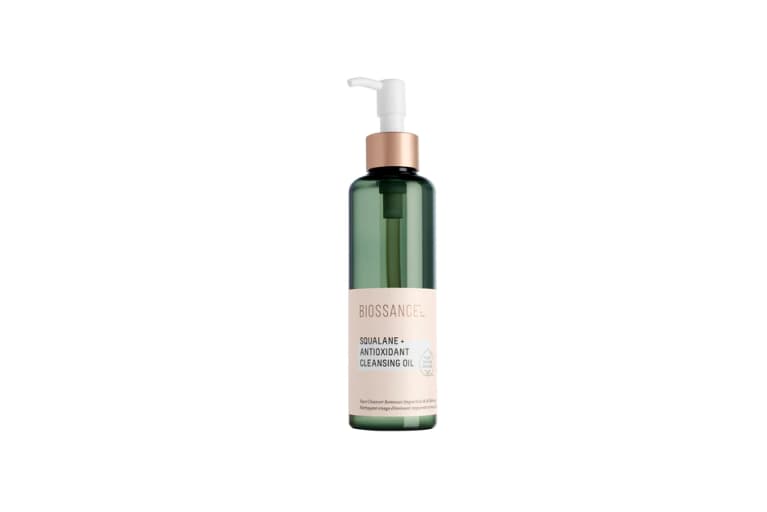
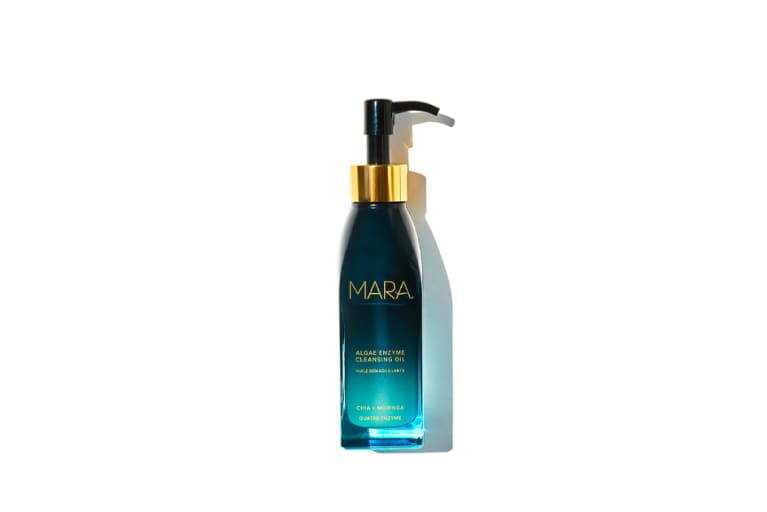
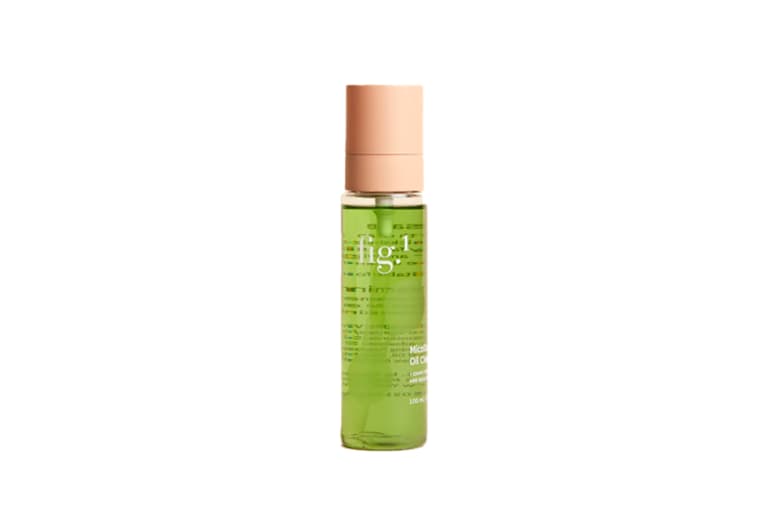
After your oil cleanse, it’s time to move on to a formal face wash. “The oil cleanser removes buildup on the surface, allowing a water-based cleanser to easily cleanse the skin,” Sobelman explains.
If you have dry skin, you’ll want to opt for a hydrating cleanser. If you’re acne prone, you may benefit from a cleanser with AHAs or BHAs in them (think lactic acid, salicylic acid, etc.). For those with sensitive skin, look for something gentle and fragrance-free.
If you’re looking for a physical exfoliant, stay away from abrasive scrubs made from shells, fruit pits, or plastic microbeads, as they can create tiny tears in the skin. You don’t necessarily need to use a facial cleansing brush either. In fact, dermatologists generally recommend a hands-only technique for this step. If you must use one, opt for a gentle silicone pad and don’t apply too much pressure.
Shop these products:
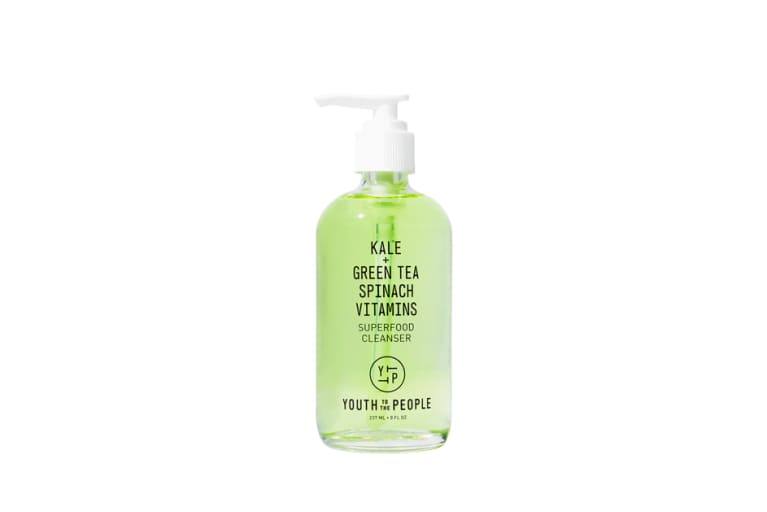
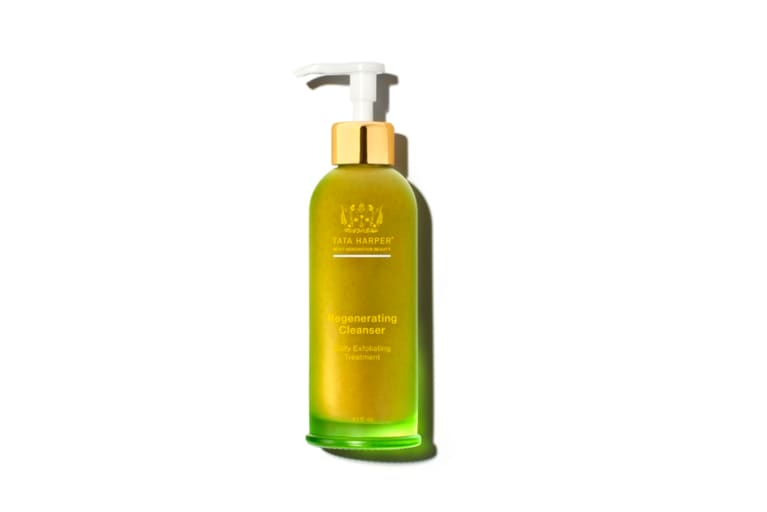

Step 3: Toner or essence.
Some deem toner an extra step while others couldn’t live without it—skin experts included. “I genuinely believe toning is the most essential step in your skin care routine,” Sobelman explains. In addition to boosting hydration, a toner can help balance the pH of your skin, which can potentially get disrupted in step two (depending on which cleanser you use).
“If your pH isn't balanced, [your] products will not penetrate properly,” Sobelman explains. If you don't use stripping sulfates and soaps, this may not be as much of an issue; still, a thoughtfully formulated toner can add a cushion of hydration and set the skin up for your following treatments and serums.
There’s a wide range of toners out there. Some focus on hydration, others balance oil production, and many feed the skin microbiome with pre- and postbiotics. Here, an option for each.
Shop these products:
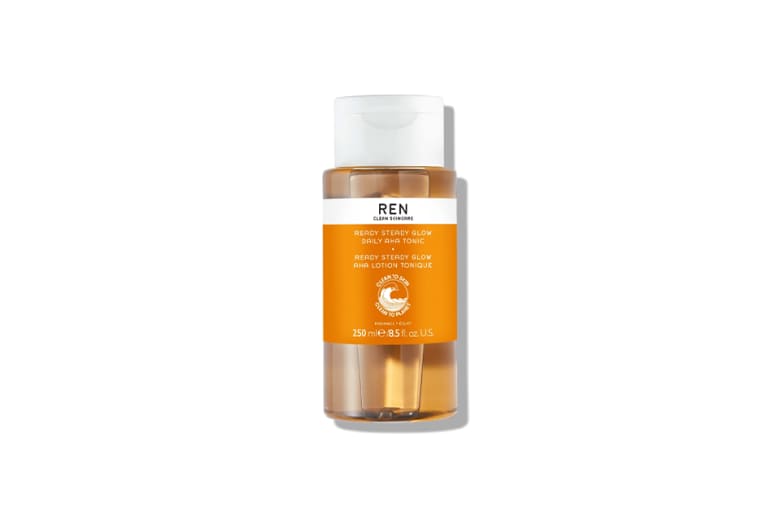
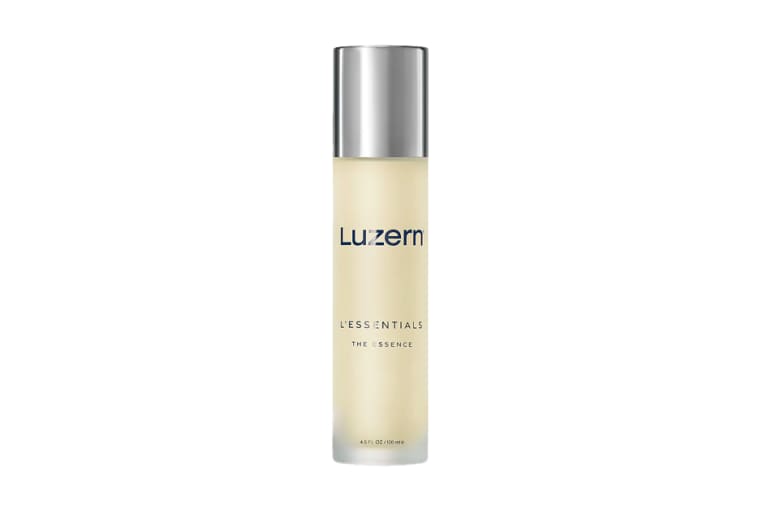
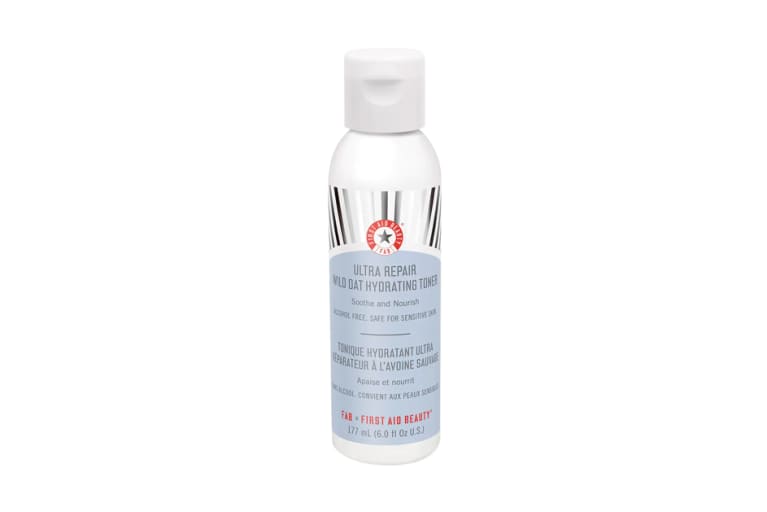
This step is not going to be the same every single night. To make this concept a bit more digestible, we’ll quickly go over the process of "skin cycling," a term coined by board-certified dermatologist Whitney Bowe, M.D., FAAD. In essence, it’s a set schedule for cycling through your treatment steps to prevent irritation and over-exfoliation.
The schedule is four days long. The first night, you’ll fold in an exfoliating serum—again, think AHAs and BHAs. The next evening, apply a retinoid (either OTC retinol products or prescription-grade formulas). Exfoliating the day before using retinoids will help clear out dead skin and create a fresh surface for the retinoid to work its magic. The two nights after your retinol, skip this step altogether for “recovery night,” as Bowe calls it.
When selecting chemical exfoliants and retinoids, it’s best to start from the bottom and work your way up strength-wise. If you tend to have sensitive skin, you may even consider layering a moisturizer before and after your retinoid to prevent irritation (also referred to as the "sandwich method").
“Avoid combining multiple actives at the same time as they can be potentially irritating,” says board-certified dermatologist Joshua Zechner, M.D., FAAD. This is the golden rule, regardless of how you cycle through your products. If you follow a skin cycling method, this should be fairly easy to mitigate. Just make sure you don't use a toner with AHAs or BHAs on your retinol night.
Shop these products:
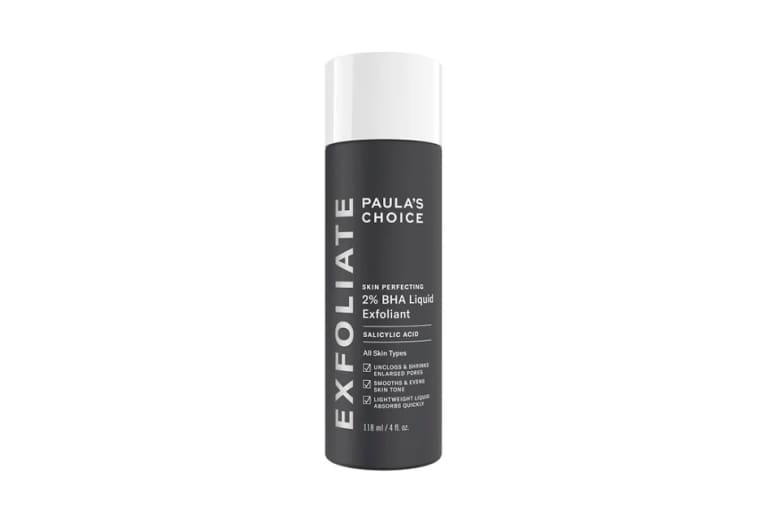
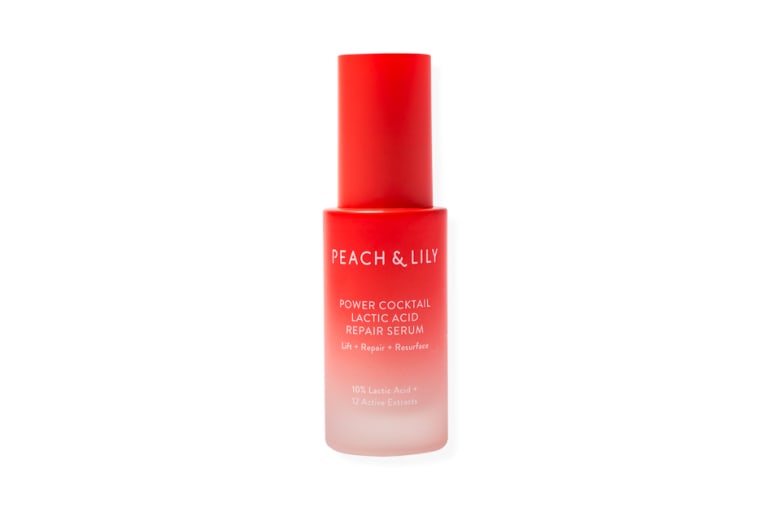

Maya Chia
The Straight A Serum Advanced Gentle Retinol Treatment
The Straight A Serum Advanced Gentle Retinol Treatment
Did you know that the skin under your eyes is different from the skin on your cheeks and forehead? “The skin under the eye is much thinner than the rest of the face, making it vulnerable to wear and tear, leading to laxity, fine lines, darkness, and puffiness,” Sobelman explains. Hence, why eye cream is such an important step.
When selecting an eye cream, you’ll want to land on a specific goal in order to pick the best product: Do you want to ease fine lines? You may consider a retinol eye cream. Brighten dark circles? Look for something with vitamin C. Hydrate or plump? Hyaluronic acid and peptides will be your best friends. Hoping to de-puff? Caffeine is an A+ pick. Here’s an array of options for your browsing pleasure.
Shop these products:
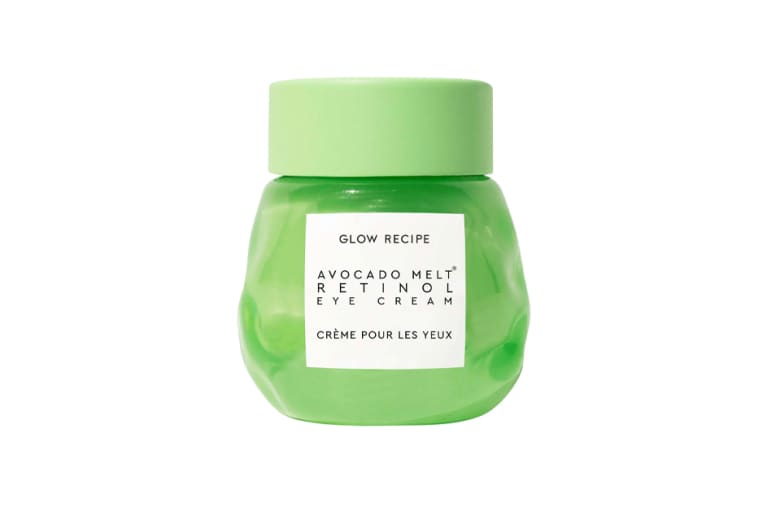
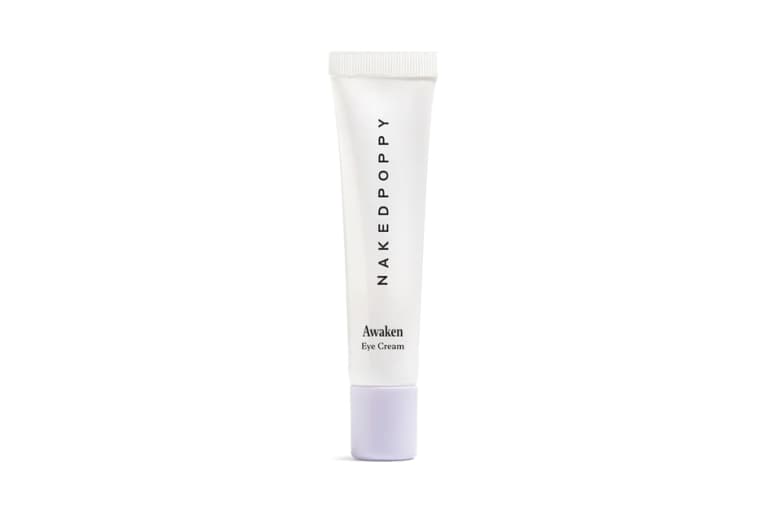
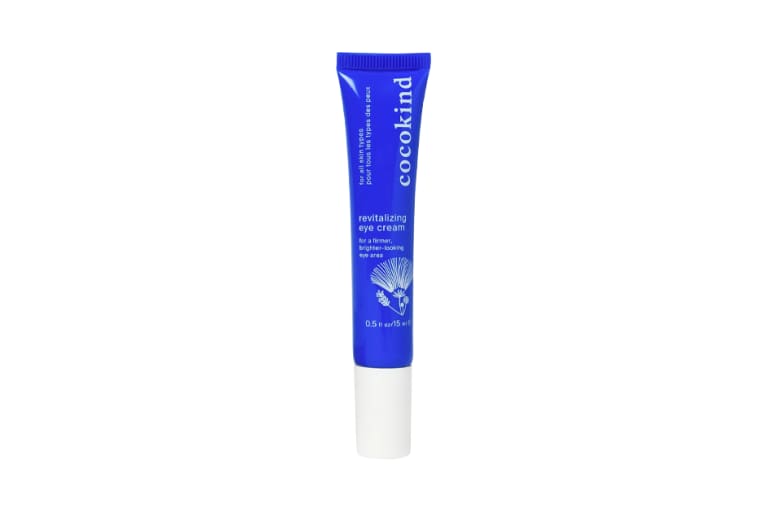
You should moisturize your skin after every cleanse, both morning and evening. “Even the most gentle cleanse disrupts the skin barrier and the natural oils that lock in moisture. Moisturizers help to restore this disruption,” board-certified dermatologist Elyse Love, M.D., FAAD, explains.
No matter your specific skin type, you can benefit from using a richer moisturizer in the evening and a lighter product in the morning. “We know that skin hydration levels tend to decline in the afternoon into the evening, which is why heavier night creams are useful,” Zeichner explains.
Which ingredients you look for will largely depend on your skin type. If you’re on the oily end of the spectrum, using an oil-free, gel-like moisturizer will provide adequate hydration without making your skin feel more slick. In fact, some moisturizers made for oily skin include ingredients like niacinamide, which can actually help regulate sebum production. Here, a guide to the best moisturizers for oily skin and how to pick.
For those with dry skin, a thicker cream will help replenish hydration. Look for ingredients like ceramides, peptides, and omega-three fatty acids to combat dryness.
On the nights you opt out of exfoliants (i.e., recovery night), there’s one bonus step you may consider: Adding an occlusive layer over your moisturizer (also referred to as slugging). “Slugging is helpful to support a damaged skin barrier. This may occur post-procedurally, flaring eczema or rosacea, overdoing it on exfoliant products, or just a really cold and windy day,” Love says. Here’s a list of the best clean and natural face oils if you’re ready to slug.
Shop these products:
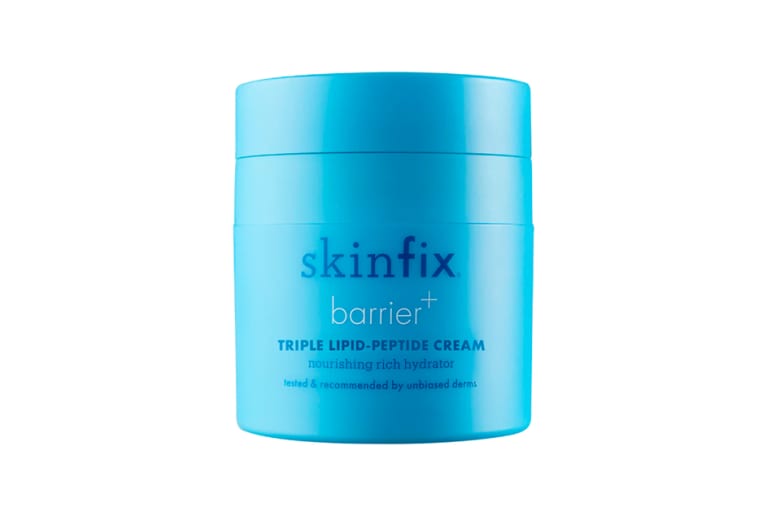
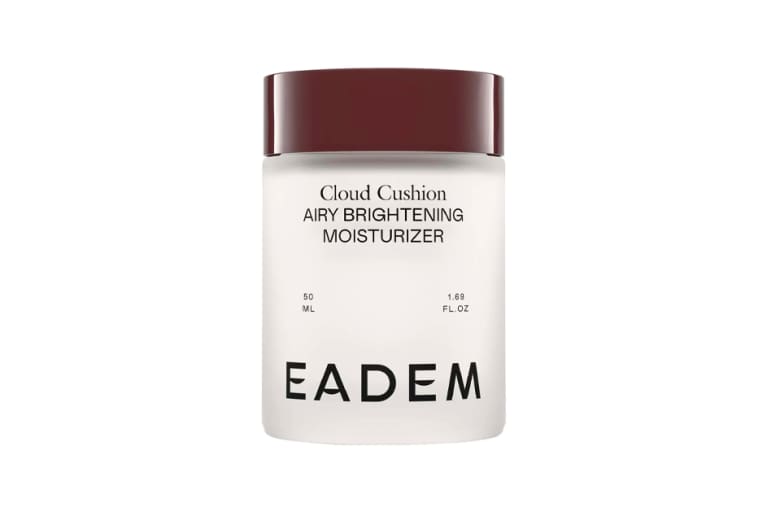
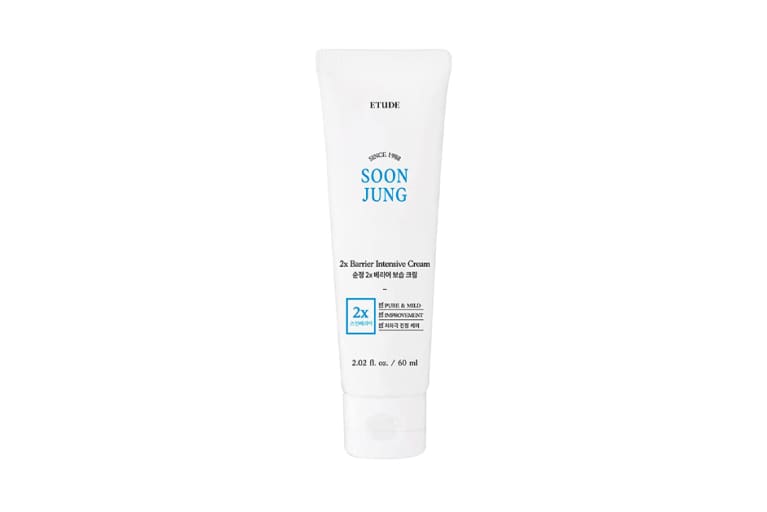
How to determine your skin type.
Of course, don't forget to determine your skin type. This will help guide your product selection so you can fill out each step tailored to your skin’s specific needs. Figuring out which skin type you have isn’t a complicated process, even if the idea seems daunting—it’s all about listening and observing.
Start by asking yourself the following questions: As you go throughout your day, does your skin tend to feel dry, oily, or stay the same? What are your skin concerns? This could include wrinkles, acne, dry patches, etc. Does your skin tend to react to topical products (i.e. turn red, itch, burn, etc.)? If you’re starting from scratch, Zeichner recommends this test:
“After washing your face, wait a half hour and look at your reflection in the mirror of the bathroom. If you are shiny, then you likely have oily skin. If you are flaky or dull, then you are likely dry,” he says. If you tend to get oily in the T-zone but dry on the cheeks, you may have combination skin.
The core skin types include dry, oily, combination, acne-prone, and sensitive. (You can take this helpful quiz to know which category you fall under.) You don’t necessarily have to be in one category or the other—for example, dry and acne-prone skin aren’t mutually exclusive.
In fact, focusing too much on skin type can actually take a turn for the worst. For example, if you tend to have oily skin but become drier in the winter months, you may opt for a moisturizer that’s traditionally made for combination skin—and that’s great. “Often times the idea of a skin type becomes overwhelming, so I recommend thinking more about what your skin is craving,” Love tells mbg.
FAQ
Should you exfoliate every night?
You should not exfoliate every night, regardless of skin type. Sobelman recommends exfoliating once a week for those with sensitive skin and increase it up to three times a week if your skin is more resilient.
What about overnight masks?
There’s a separate category of skin care products typically referred to as overnight masks. These are meant to be used on occasion while you sleep. Some overnight masks are made for dry skin, while others may gently exfoliate and remove dead skin cells. Either way, be sure to consider what you’re layering underneath.
Should you use spot treatment over or under your moisturizer?
Whether you put your spot treatment under or over your moisturizer isn’t going to make or break its efficacy, but each technique has different benefits. “Using a spot treatment under your moisturizer is more effective, but switch to over your moisturizer if that method is too irritating,” Love says.
Creating a skin care routine from scratch can be confusing, but this outline can help you get started with your evening routine regardless of skin type. Remember to balance exfoliation with a recovery night or two each week and never mix chemical exfoliants with retinoids. Most of all, listen to your skin and give it what it needs. As always, if you’re dealing with a skin condition like acne or eczema, it’s best to visit your dermatologist to collaborate on this process.
https://www.mindbodygreen.com/articles/how-to-create-nighttime-skin-care-routine-best-products

 UsenB
UsenB 





























![Are You Still Optimizing for Rankings? AI Search May Not Care. [Webinar] via @sejournal, @hethr_campbell](https://www.searchenginejournal.com/wp-content/uploads/2025/06/1-1-307.png)


